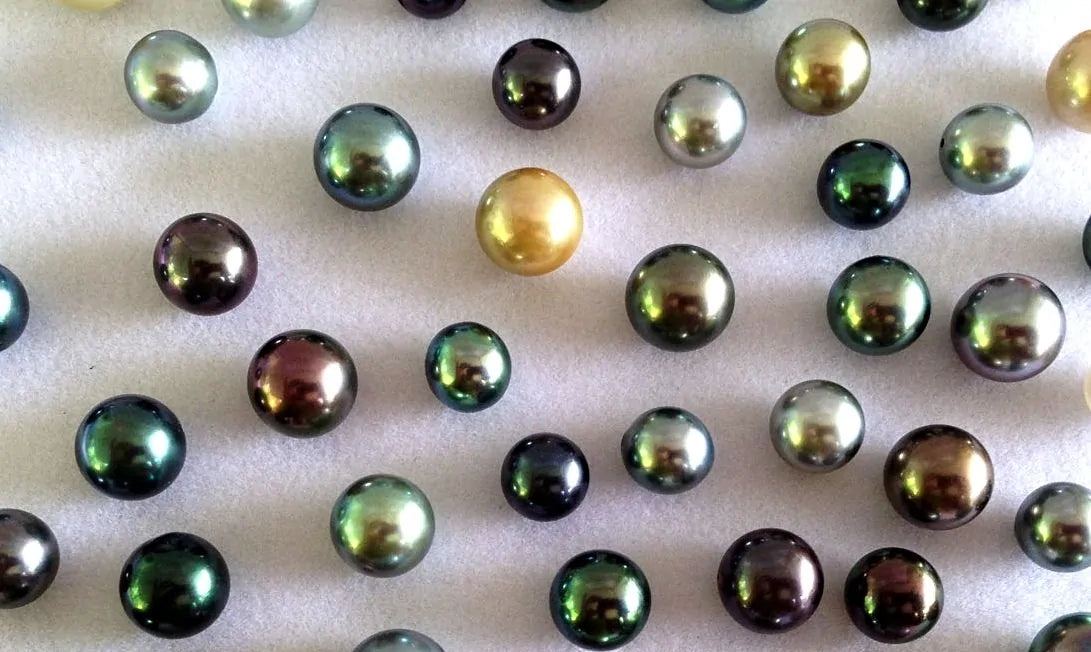
THE ORIENT OF A PEARL
Characteristics of the Orient
In addition to the basic color and its features, a pearl can also have a beautiful optical effect called orient. Orient is represented by a beautiful rainbow hue shining on the surface of the pearl. This hue, often elusive, appears to move when the pearl is turned. More specifically, orient is similar to the rainbow hues seen on soap bubbles.
Orient and mother-of-pearl
By examining the pearl carefully under a powerful microscope, you will be able to see the mother-of-pearl. Mother-of-pearl is composed of a regular superposition of layers of conchiolin, aragonite crystals as well as traces of water and various ions. Their particular arrangements cause interference of light radiation and thus give it its iridescent appearance.
An organic substance, conchiolin is present in very small quantities in mother-of-pearl (around 4 to 6%) and determines its structure by serving as "cement" for the aragonite crystals (which represent 90% of mother-of-pearl).
The proteins present in nacre produce calcium carbonate in the form of aragonite and it seems that the soluble part of the proteins is responsible for the formation of the crystal, while the insoluble part determines the density, size and quantity of these crystals.
The light reflecting off the pearl hits the different layers of nacre. Because of the different raw materials of the nacre, the light interacts differently with each of them, sometimes changing its speed, sometimes its direction. These interferences define the characteristics of the orient.
